Nisei GIs will ride a special “Go for Broke” float honoring Japanese American WWII soldiers, in the 2015 Tournament of Roses Parade on New Year’s Day.
When the City of Alhambra, California, needed an idea for a parade float that would fit the 126th Tournament of Roses’ theme of “Inspiring Stories,” the community’s leaders were stumped. Then, said Mayor Gary Yamauchi, they remembered a proud moment in West Coast history: the dedicated and heroic service of Japanese American WWII veterans. The decision was unanimous: Alhambra’s float in the Rose Parade in Pasadena on New Year’s Day 2015 would honor America’s WWII Nisei soldiers.
Recognition of these brave Nisei fighters (the word denotes second-generation Japanese born outside Japan), many of whom accomplished deeds of incredible heroism, was not forthcoming immediately after the war. Instead, it has emerged slowly over the past few decades.
Many Japanese American soldiers in World War II served while their families and friends were confined in internments camps scattered across the United States. In fact many Nisei servicemen had experienced the camps themselves. They had been among the 110,000 Japanese Americans who were scooped up and interned by the military after President Franklin D. Roosevelt signed Executive Order No. 9066 on February 19, 1942, removing Japanese Americans from “combat zones” (primarily the West Coast and Hawaii). Nevertheless, to show the strength of their patriotism, these young Nisei men answered the call when Uncle Sam came recruiting in the camps.
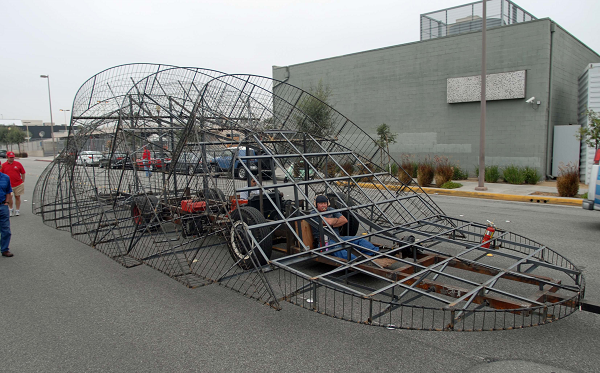
The history of the Japanese American soldiers in World War II is long and complex. Many became part of the Military Intelligence Service (MIS). They decoded Japanese military messages and interrogated Japanese prisoners of war. These duties were often performed in active combat zones. Many other Nisei were members of the US Army’s 442nd Regimental Combat Team (RCT), a distinguished unit that fought in Europe from 1943 through 1945.
The Japanese American combat units served under non-Japanese American officers, though 100 percent of their units’ non-commissioned officers and enlisted men were Nisei. They gained a reputation for hard fighting and for refusing to give in, no matter how devastating the enemy fire. This determination was summed up by the Nisei soldiers’ battle cry, “Go for Broke!” The motto became the title of a 1951 film about the 442nd RCT, starring Van Johnson. The battle cry came to represent all Nisei WWII veterans, and became the name of their national commemorative and educational organization, the Go for Broke National Education Center (GFBNEC).
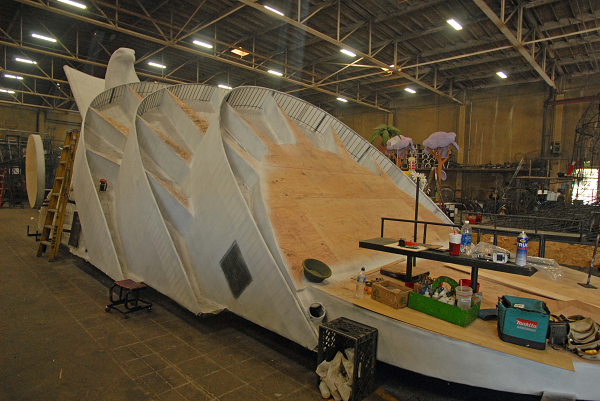
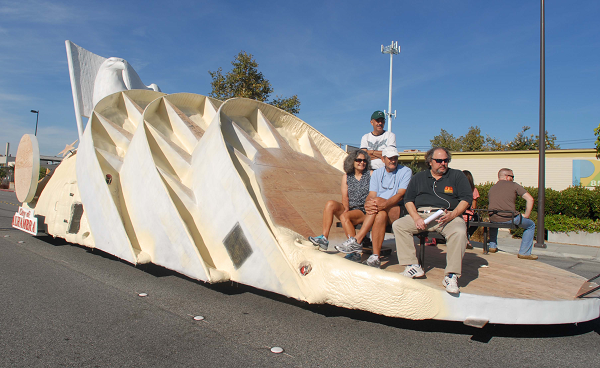
“Go for Broke” is also the title of the City of Alhambra’s 2015 Rose Parade Float. The float, which is 41 feet long, 18 feet wide, and 16 feet tall at its highest point, is dominated by a rendition of the national memorial to Nisei World War II soldiers. That monument stands in the Little Tokyo district of Los Angeles, near LA’s government center. The Go for Broke Monument has been a major project of the Go for Broke National Education Center (GFBNEC), based in Torrance, California.
“We are grateful to the City of Alhambra for choosing to present the veterans’ story at the 2015 Rose Parade,” said GFBNEC Chairman Bill Seki. “Being able to share their inspirational story on such a large national showcase is a dream come true. We hope the float educates and inspires those who see it on New Year’s Day.”
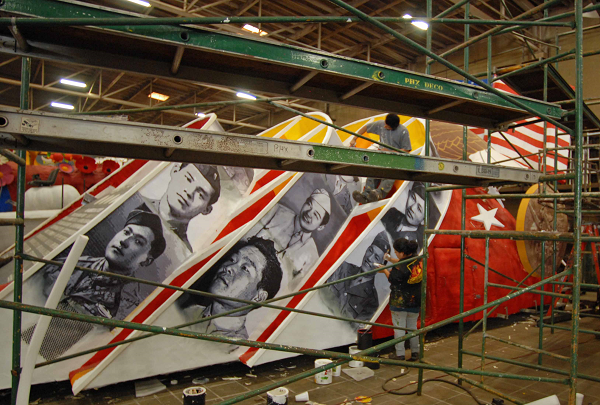
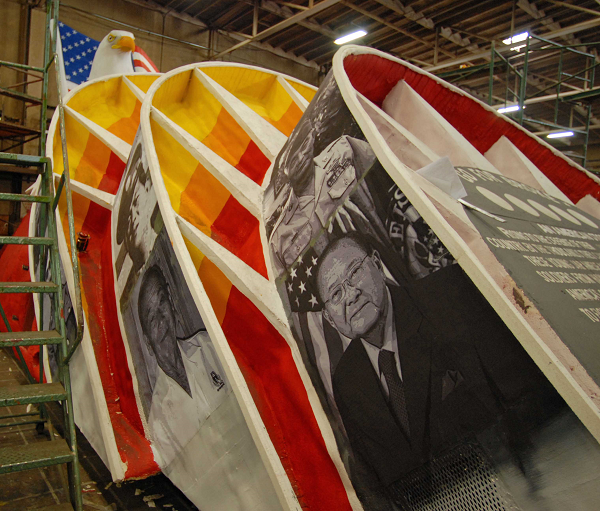
In addition to the monument, the float features photographs of the 21 Japanese American soldiers who received the Medal of Honor for their actions in World War II. The number of Medal of Honor recipients from the 442nd RCT was extraordinary for a unit of its size, a testament to the bravery of its members. The photo renditions are made from flowers and other natural plant parts, as are all surface elements of the float, in keeping with the longstanding tradition (and rule) of Rose Parade floats.
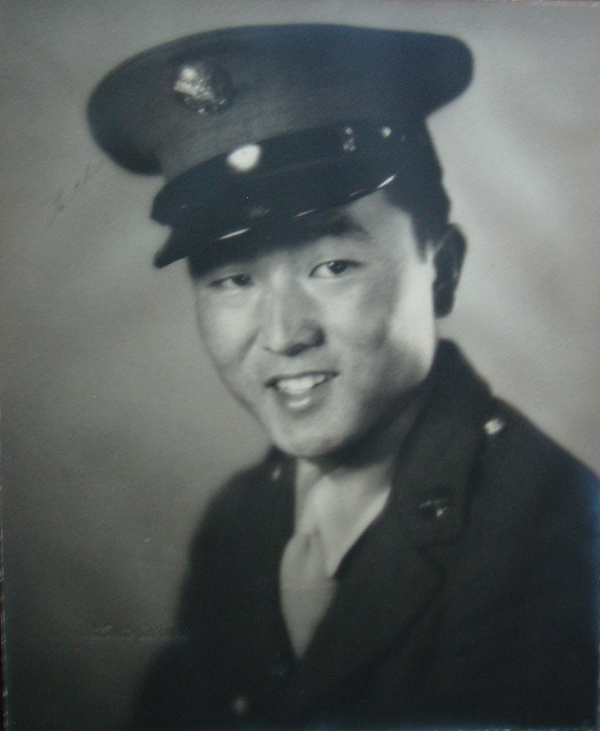
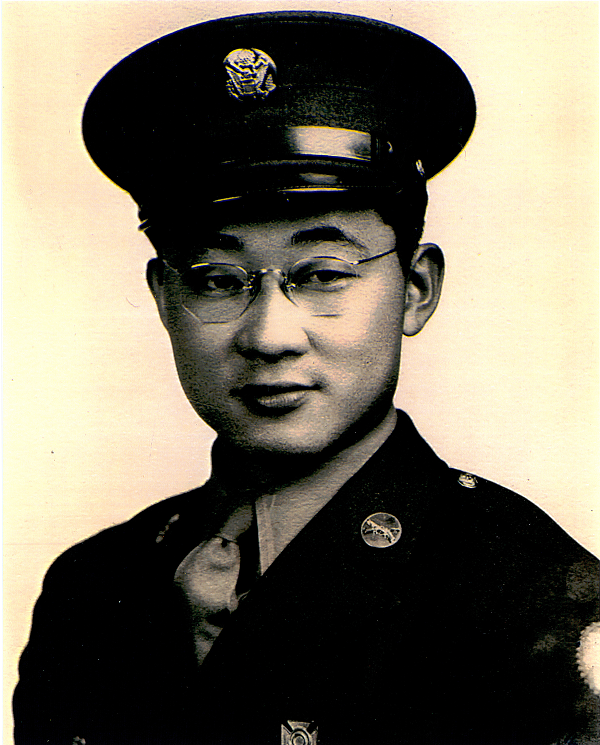
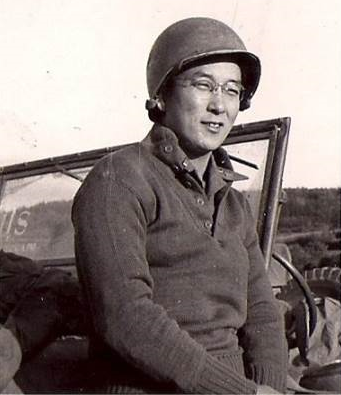
A major feature of the Go for Broke float is that five Japanese American veterans of World War II will be riding on it. They are Roy Fujiwara, 96, 442nd RCT, who lives in Honolulu; Dr. Susumu “Sus” Ito, 95, 522nd Field Artillery Battalion of the 442nd RCT, of Boston; Yoshio “Yosh” Nakamura, 89, 442nd RCT, a resident of Whittier, California; Tokuji “Toke” Yoshihashi, 91, 100th Infantry Battalion, from Alhambra, California; and Masao “Mas” Takahashi, 90, 100th Infantry Battalion, who lives in Torrance, California.
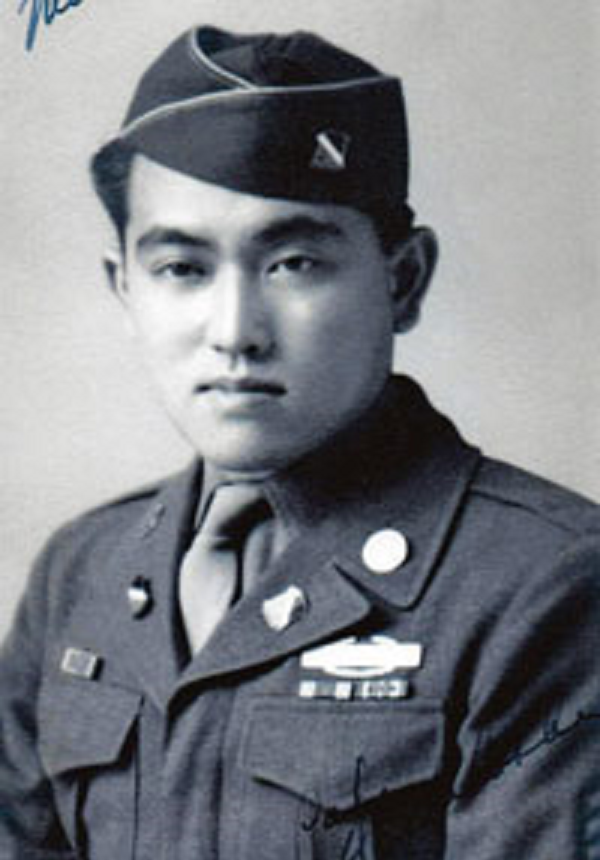
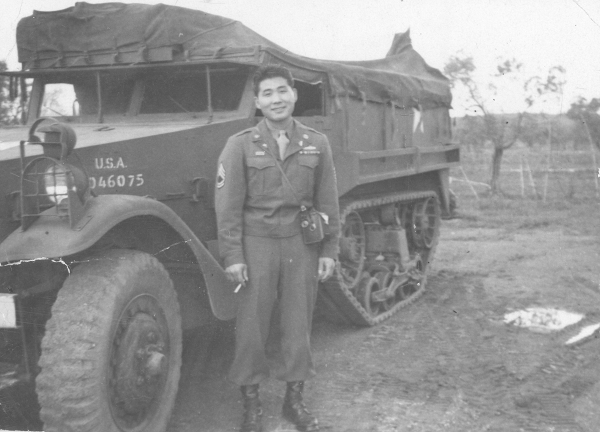
The Nisei veterans who will ride on the float were selected from the large number of living Japanese American veterans whose families applied to a GFBNEC committee for the opportunity.
The Rose Parade has a long history of honoring the US military and American veterans, and including them in the parade. A float in the 2010 Rose Parade was dedicated to the Tuskegee Airman, the African American fighter pilots of World War II. Some of the surviving airmen rode on the float, which was sponsored by the City of West Covina, California.
Dating back to 1890, the Rose Parade, held in Pasadena, California, is an American tradition seen by more than 700,000 people who annually line the parade’s five and a half mile route. An additional 47 million US television viewers and some 28 million viewers outside the United States tune in to the parade. The 2015 parade will broadcast live by NBC on January 1 beginning at 11:00 a.m. Eastern Time, 8:00 a.m. Pacific Time.
See video clips from the float’s construction on the America in WWII YouTube channel (click to visit).
Photos, from top:
• The City of Alhambra’s “Go for Broke” float for the 2015 Rose Parade nears completion of the pre-floral phase of construction. Flower and plant materials will be applied to the entire surface just before the New Years Day Rose Parade in Pasadena, California. PHOENIX DECORATING GROUP
• The skeleton of Alhambra’s Go for Broke float rests on its chassis early in the construction process. PHOENIX DECORATING GROUP
• At the second stage of construction, the Go for Broke float’s surfaces are in place on the skeleton, awaiting the application of the design. PHOENIX DECORATING GROUP
• Before the decoration process begins, the Go for Broke float team gives the float a road test. PHOENIX DECORATING GROUP
• Faces of American Nisei veterans of World War II appear on the edges of the Go for Broke float’s arches. PHOENIX DECORATING GROUP
• The late Senator Daniel Inouye of Hawaii is among the Nisei WWII veterans depicted on the Go for Broke float. PHOENIX DECORATING GROUP
• Five Nisei veterans will ride on the Go for Broke float in the 2015 Rose Parade (from left): Roy Fujiwara, 442nd Regimental Combat Team (RCT), of Honolulu; Dr. Susumu “Sus” Ito, 522nd Field Artillery Battalion of the 442nd RCT, of Boston; Yoshio “Yosh” Nakamura, 442nd RCT, of Whittier, California; Tokuji “Toke” Yoshihashi, 100th Infantry Battalion; and Masao “Mas” Takahashi, 100th Infantry Battalion, of Torrance, California. GO FOR BROKE NATIONAL EDUCATION CENTER


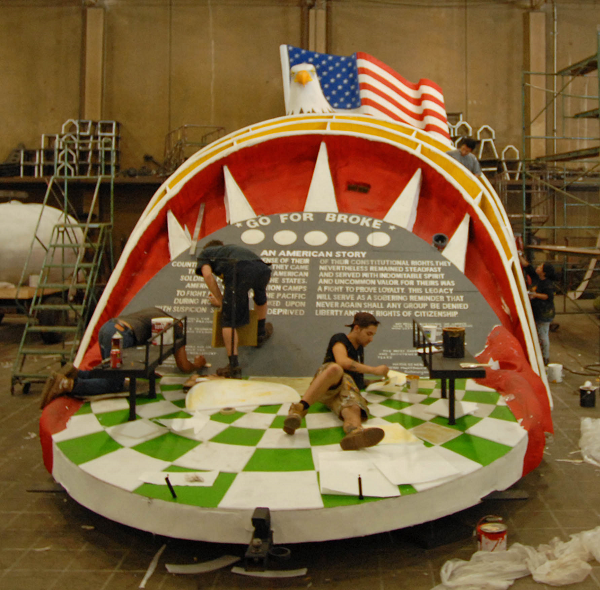

FOLLOW US »
